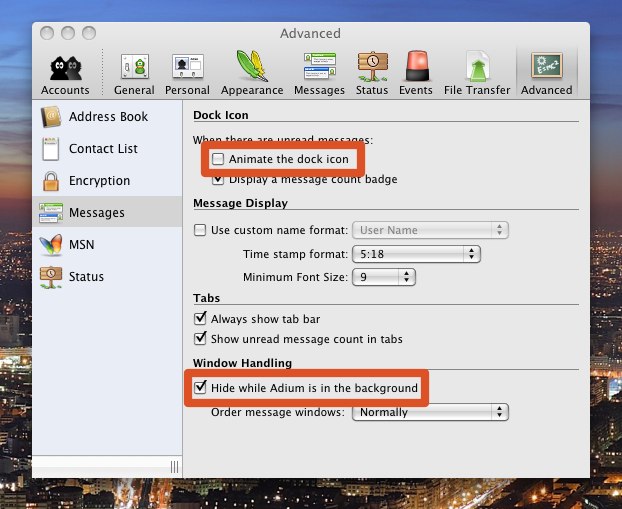I recently started porting my spreadsheets over to Google Spreadsheets. I’d long resisted Google Docs, but I got to say that it’s been pretty painless. The imports have seemed to work, although it’s had limited success on fancier formatting and on charts and I’ve run into some annoyances (it’d be really nice if there was a “view source” mode where you could just edit formulas, or a mass replace to change a specific column in the formula, and a paste w/o formatting option). There are good things that have made it worthwhile, like easy collaboration/sharing and painless publishing.
Among those spreadsheets I’ve been importing are some of my financial docs. One nice function is GoogleFinance() which not only lets you get current, but also historical stock data. Random tidbit: when returning historical quotes, the GoogleFinance() function wants to dump an array into multiple cells. Here for example is how you’d return just to the price of VTSMX from January 1st:
=INDEX(GoogleFinance("VTSMX", "close", "1/1/2008"), 2, 2)A couple years ago, it occurred to me that learning some basic finance/investing (which sadly, isn’t really taught at all anywhere in the school system) might not be a bad idea. Except for the odd post or two, I haven’t published too much about it, even though my interest has taken me far into “financial geek” territory (like reading the Journal of Indexes for fun). My original plan was to kick off a financial section for my blog, but since that’s going to have to wait at least for a few months, I though I’d at least get the ball rolling by publishing the target asset allocation that I ended up with (and presumably, will be sticking to for a long while):
Most of it’s pretty standard, with a few exceptions.
- I’ve sliced and diced because a decade plus after Fama and French published on the Three Factor Model, it still seems to hold up (suggesting that it’s not just a matter of market inefficiency).
- I’ve added REITs and CCFs as major asset classes for diversification purposes. The larger than average numbers and addition of CCFs are influenced by a lot of reading. Two of the strongest articles on that are: The Benefits of Low Correlation and The Rewards of Multiple-Asset-Class Investing. This year has been a good illustration of how adding some CCFs can decrease volatility. I’ve added some “standard” plans at the bottom of the spreadsheet so you can see how the performance compares.
- Lastly, I’m over-weighted on international, at least by conventional wisdom (although, if you wanted a true index, you’d actually not be far off if you invested by market cap). Financial advisors usually recommend something like a 70/30 or 80/20 split of domestic investment because historically the US market has been safer, more efficient, and better performing, but I don’t really think that’s as true moving forward. Also, since it’s as likely that I’ll be living/traveling internationally, the relative buying power argument for overweighting your local market doesn’t make as much sense for me either.
- There aren’t really many (any?) good general purpose tools for keeping track of your investments long term (that generate personal rate of return factoring taxes, dividends, etc). That might be a neat little tool to design. I started writing a scraper for my Vanguard account, so I might have something useful sooner rather than later there.
And yes, ultimately, the exact percentages of your asset allocation aren’t as important as picking something reasonable, sticking with it, and rebalancing regularly. That pretty much sums up what I’ve learned and the extent of my future maintenance. Although in case I don’t get around to elaborating for a while, here are the main takeaways:
- Get familiar with Modern Portfolio Theory, particularly the Random Walk – Very few of the most dedicated, privileged, and informed investors consistently beat the market. You are unlikely to do much better.
- Costs – One of the few things that you can control (besides Asset Allocation) is costs (expense ratios, to some degree taxes). John Bogle is of course the most famous champion of this. Here’s a more recent article of his talking about AA and costs (along w/ the standard charts showing aggregate differences)
- Losses are worse than gains – this is a simple bit of mathematics, but it’s worth elaborating on as it’s at the center of MPT and diversification. Basically, if you lose 50% you need to gain 100% just to get back to where you started. Cumulative losses are even worse, as compounding (Einstein’s quoted “most powerful force in the universe”) cuts both ways. A tool like FIRECalc will generate very pretty graphs the range of badness depending on when you start withdrawing money.
- Rebalance – Basically it’s a rule that forces you to buy low and sell high. An annual or semi-annual rebalance is really the only time you really need to look at how your investments are doing. The rest is really just watching grass grow (or giving yourself ulcers) unless you’re doing some crazy tactical asset allocation scheme. There are lots of different articles discussing when/how often to do this, but not much conclusive that isn’t dependent on backtesting. It seems like picking one year is a good compromise between increased risk (as your AA skews) and minimizing transaction costs.
These, along w/ the notes I mentioned above, I think really cover most of the basics. The only other really big thing is to learn about the tax implications (CGT, tax efficiency, and tax loss harvesting) and why tax-deferred investing is your friend. If there’s interest, I can post a spreadsheet that illustrates some of the latter.
Oh, also, listen to Warren Buffett.



















![blended route [mutual-jarvis-bloor-avenue] by Duchamp](http://farm3.static.flickr.com/2396/2510646118_8bff01463f_s.jpg)






















































